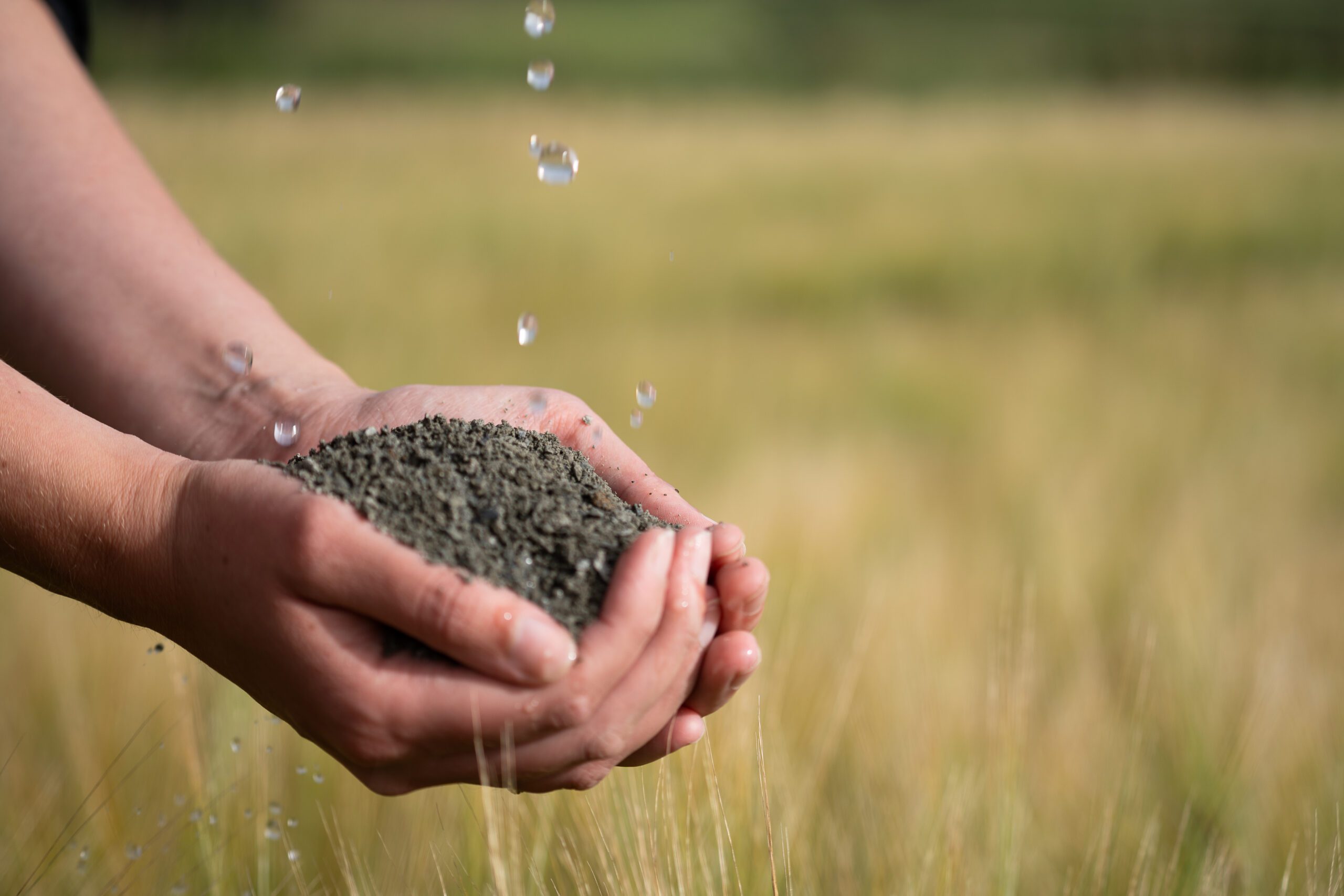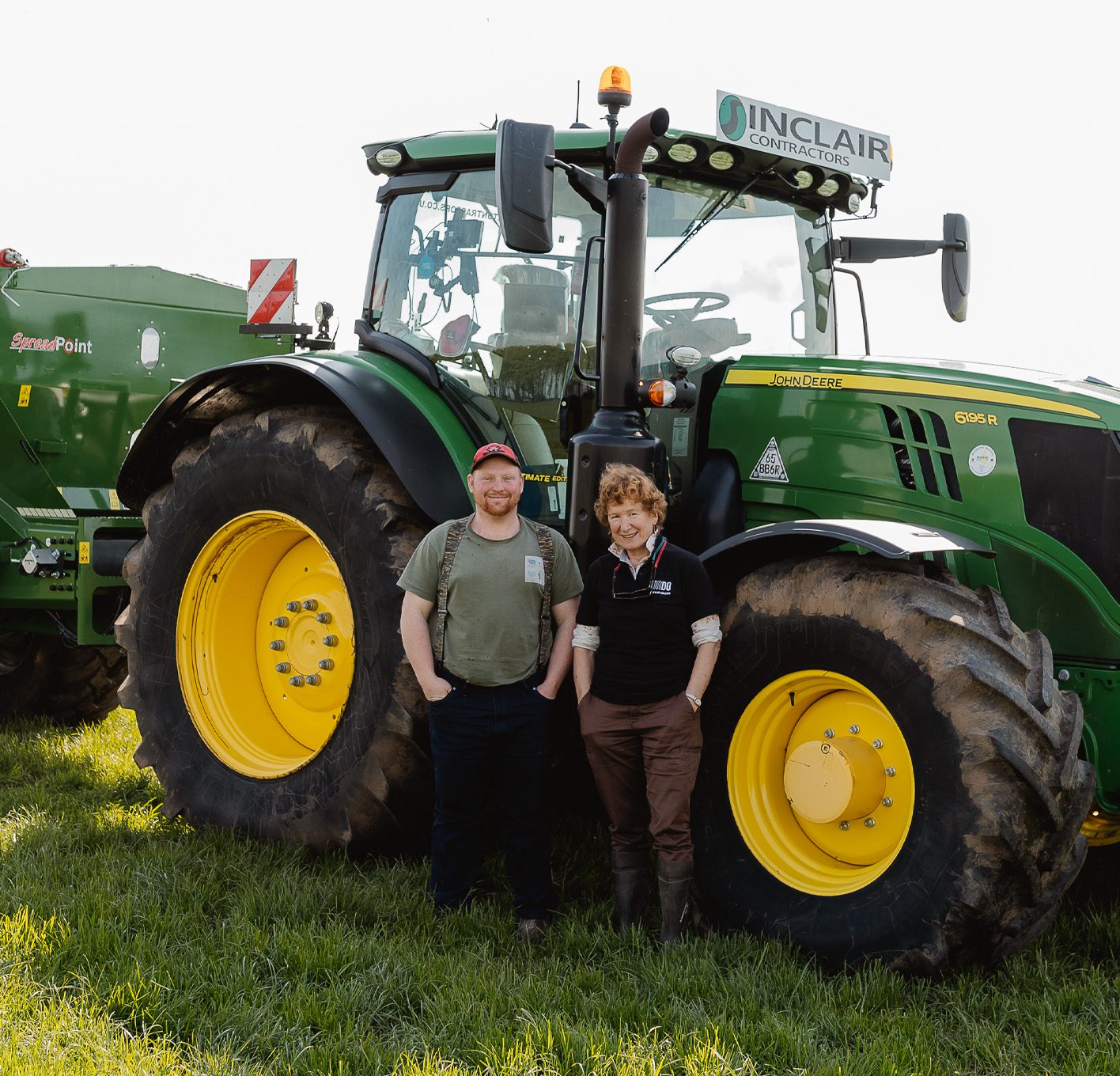The most recent IPCC report says that we must be actively removing 10 billion tonnes of CO₂ from the atmosphere annually by the year 2050 (at the latest). Currently, the permanent carbon removal industry draws down just thousands of tonnes via projects largely located in isolated spots, with limited benefit to the surrounding community. Due to the high costs involved with technical removals, prices can range from $500 to over $1,000 USD per tonne, meaning only the deep-pocketed, climate conscious individuals or organisations can afford them.
At UNDO, we believe that when it comes to society’s greatest challenge – keeping the planet fit for future generations – we have the best chance if we solve it together; organisations, landowners, individuals, everybody.
Giving nature a nudge
If this is your first interaction with UNDO, welcome! We’ve based our carbon removal technology, enhanced weathering, on a process that has been happening naturally for billions of years, permanently locking up carbon. We do nature-based projects with the permanence of technical removals. To get up to speed on the science, have a quick read of this post from Ben, our Head of Enhanced Weathering.
Making a big dent in the billion-tonne target
The effectiveness of enhanced weathering as a scalable climate solution is manifold, but operationally, it requires the alignment of different sections of our community to unlock its billion-tonne potential.
Let’s look at what needs to align:
- You need lots of suitable basaltic rock.
- You need large areas of land to spread it.
- You need customers to invest in enhanced weathering removal credits to grow sustainably.
At UNDO, we can buy rock, then pay to haul it and spread it, but this leads to a higher cost per tonne of carbon removed. Currently, our partners pay around £250, or $260USDt (as of August 2022) to remove a tonne of carbon. In reality, this means that a limited number of customers can afford to include enhanced weathering in their carbon mix, meaning we remove low volumes compared to the billions we need to remove.
UNDO’s model is focused on changing this.
Engaging with partners
Our focus is on engaging with a breadth of partners within local communities to scale our operations, from extraction companies to source basalt through to local agricultural partners to spread the rock. This partnership approach can help us remove more carbon at a lower cost, while bringing income back to rural communities that are increasingly feeling the brunt of climate change.
Sourcing basalt
Enhanced weathering relies upon finding the right type of basaltic rock. To remove billions of tonnes of carbon, we need multiple billion tonnes of basalt. Luckily, the basalt rock we need (free of damaging trace metals, ideally 4mm and below) exists in abundance as an existing product of specific mining, quarrying, and aggregate processes.
Mining, quarrying and aggregate companies have residual emissions from operations that are notoriously hard to shift. They also sit on basalt supplies that can remove billions of tonnes of carbon, a key to unlocking their Net Zero strategy.
Partnerships with leading mining partners in the UK and US are seeing UNDO offer a carbon revenue share in exchange for access to basalt and haulage to our spreading sites. This approach allows extraction partners to remove millions of tonnes of carbon to help mitigate their residual emissions, while driving down the cost for UNDO to remove carbon, in turn reducing the price per tonne of carbon for end customers.
Empowering the regenerative agricultural space
Once testing is complete to ensure the basalt rock is suitable and safe, the next step is to spread the rock on the right land.
Basalt has been applied to farmland for years thanks to the benefits it brings to soil health. As the rock breaks down it releases magnesium, calcium, potassium and trace elements, all of which contribute to healthy soils. It also lifts the pH of the soil, which can help farmers optimise for better crops and to reduce input costs.
With a plentiful supply of suitable basaltic rock and an increasing appetite from landowners to take advantage of the benefits of its spreading, UNDO are quickly building a network of landowners who are offered the basalt rock to spread on their own land using existing spreading machinery.
This last part is key to enhanced weathering’s carbon efficiency. We need to ensure that we don’t use more carbon in the removal process than we actually remove. At UNDO, we know there is a carbon imprint around access, haulage and spreading. However, as we aren’t building new machinery, but leveraging what partners already use, our detailed Life Cycle Analysis (LCA) shows the carbon imprint accounts for just 5% of the total carbon removed, meaning a 95% carbon efficiency in UNDO’s enhanced weathering.
“We’re not importing machines and talent. We’re importing the ability for local people to do carbon removal in their own community.”
The cost conundrum of permanent carbon removals
Removing carbon costs money. Removing billions of tonnes of carbon from the atmosphere using enhanced weathering requires customers who want to purchase billions of tonnes of carbon for their residual emissions. The $100USD per tonne mark is often shared as the ‘North Star’ for carbon removals, but at today’s prices, you could be paying upwards of $500USD per tonne. Even for the most forward thinking of companies, this will limit the amount of carbon they will buy from these technologies.
This price tag is mainly due to the high operational costs of technology-driven solutions such as Direct Air Capture (DAC), which brilliantly suck carbon from the atmosphere. Due to the requirement to build new machinery and then inject carbon underground, the initial costs of these DAC projects are high, but reports are hopeful of bringing this down to more affordable levels. By counting on DAC alone, even with the mass-scale deployment with hundreds of units, this would only remove the equivalent of a drop in the ocean of our billion-tonne targets.
It is critical that we scale complementary carbon removal technologies alongside DAC that can not only deliver high volumes of removal but also at a cost that is affordable for the everyday consumer. This is vital to ensure that growth is sustainable, and not dependent solely upon climate-focused organisations such as Stripe and Microsoft, who are currently playing a pivotal role in funding the growth of permanent CDR.
At UNDO, we’re focused on making permanent carbon removal accessible to all.
Through our operational approach, we are driving down costs, while opening up the capacity to remove billions of tonnes of carbon from the atmosphere each year.
We already have a clear plan in place to spread enough silicate rock by 2025 to capture 1 million tonnes of CO2 and have our target set on reducing costs to below $200USD/t in the coming years. We know that to reach our billion-tonne per year objectives, this price will need to come down further, so we’re striving towards that North Star.
Carbon removal through enhanced weathering is a formidable opportunity to undo past mistakes and create a better future. We can’t wait for you to play a part in it.
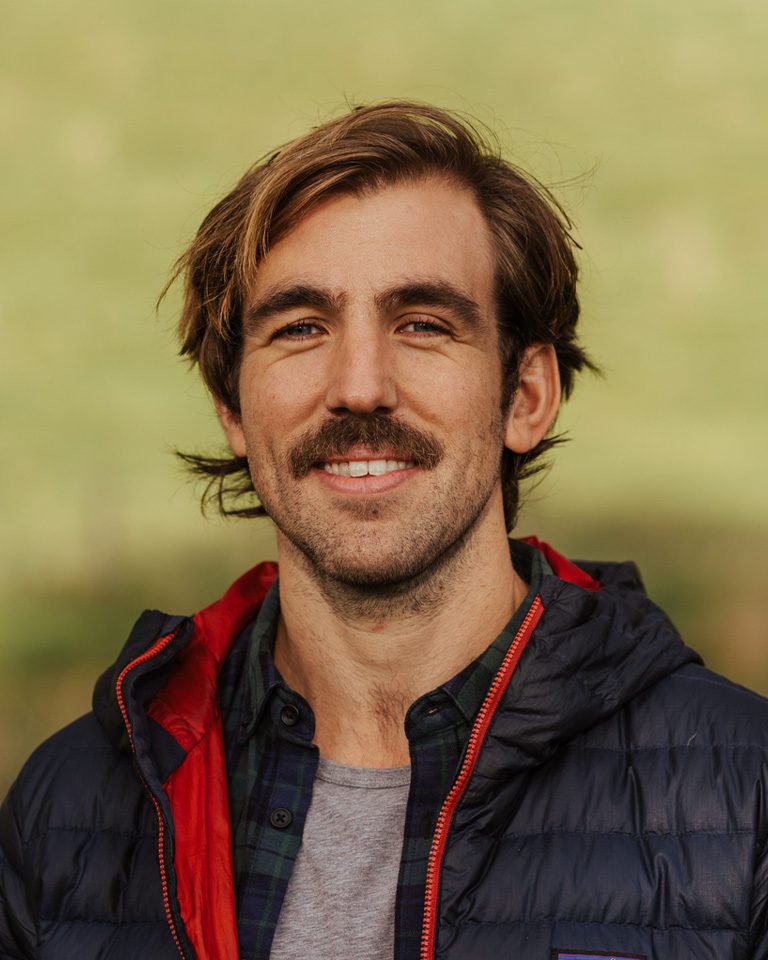 " alt="">
" alt="">
Chris leads UNDO’s route to market through our global network of marketplace partners. With over a decade of experience in building long-lasting commercial partnerships, including at our Founder-company, The Future Forest Company, Chris is focused on building the strong relationships that are already seeing businesses across the globe choose UNDO’s enhanced rock weathering projects to address their carbon footprint.
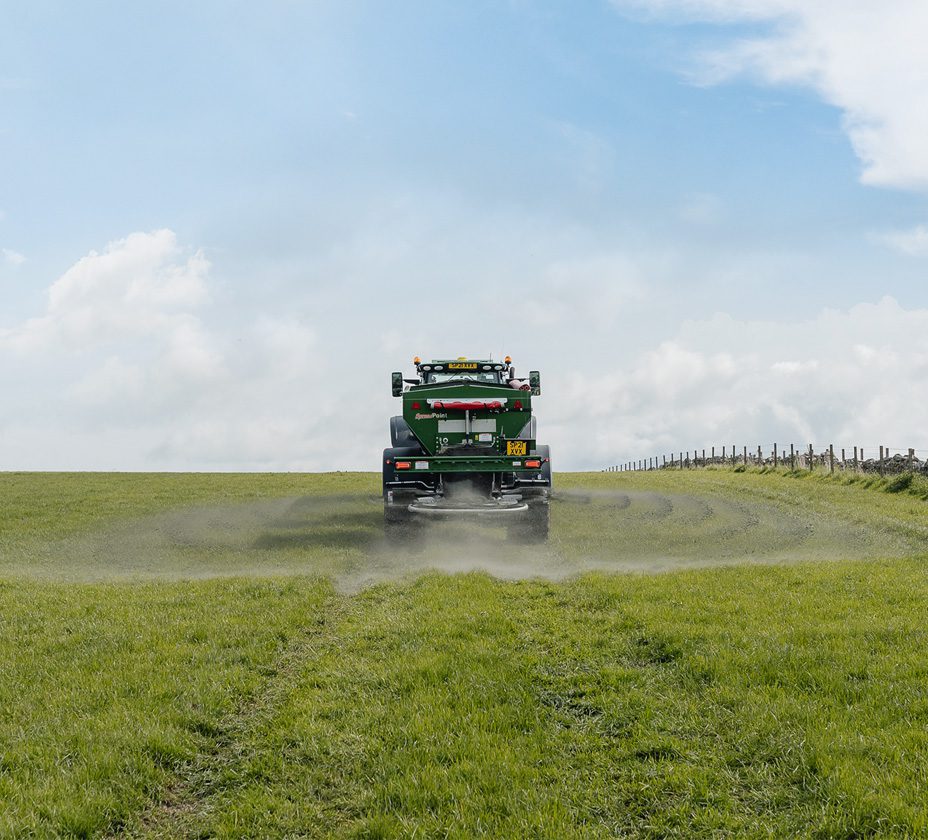
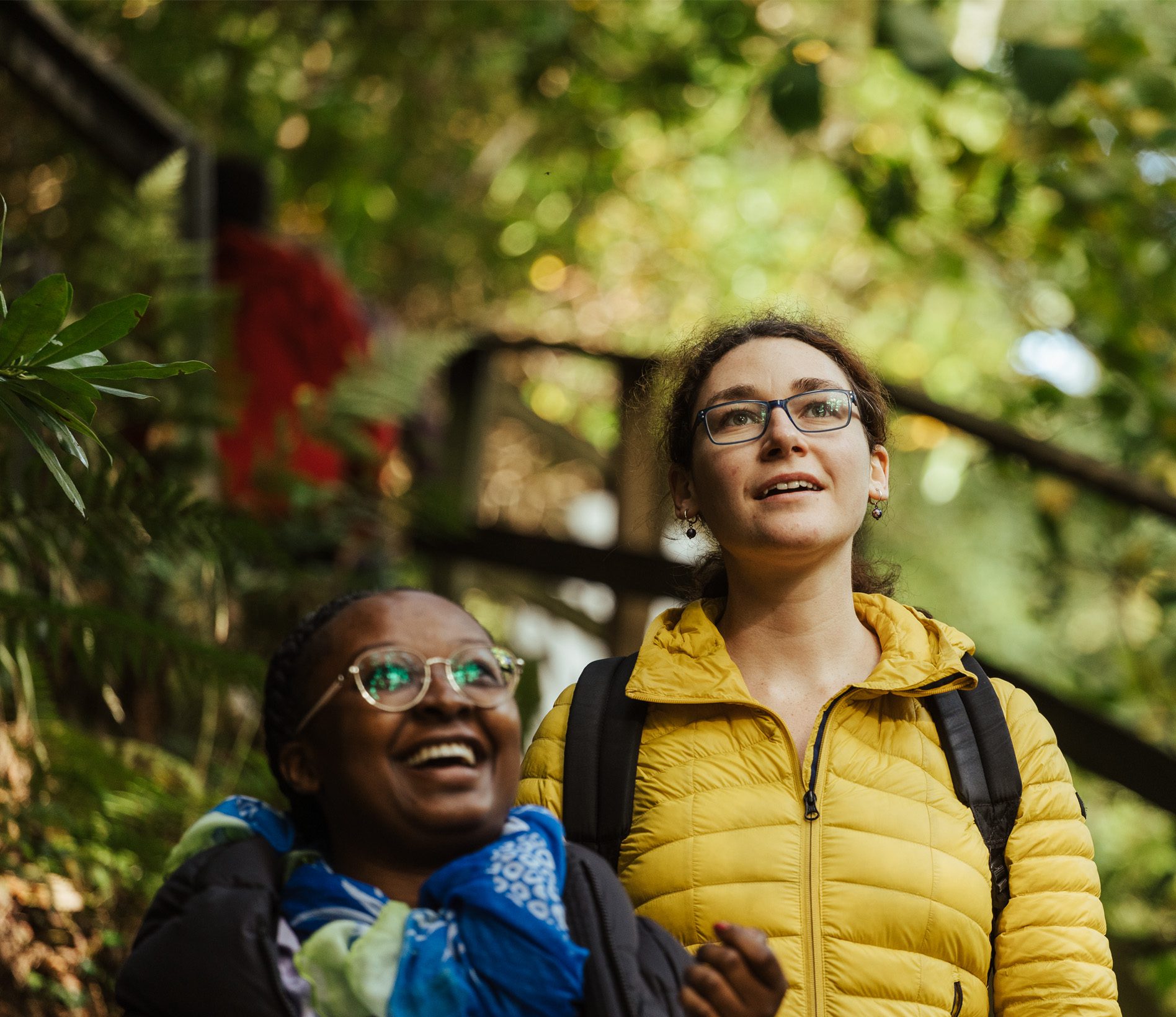
 " />
" />